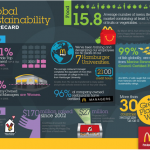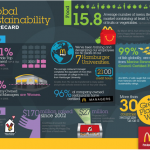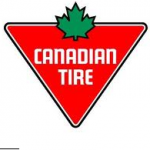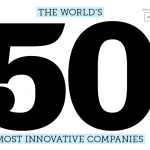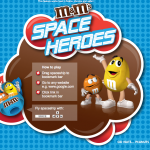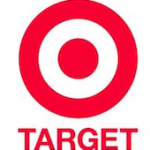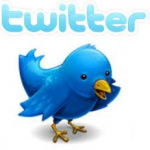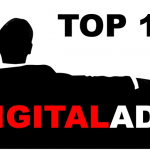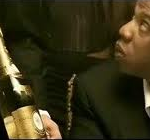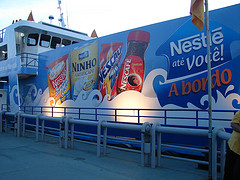Have you inserted the code from Google Analytics into your blog yet? Do you have any idea of how to interpret the data you see when you look at the results? I’m no expert at web analytics, however, I’m a marketer and I ask a lot of questions. Questions about what customers want, where they come from, what they’re looking at and what they’re interested in. Some of this is exactly what web analytics can tell you.
results? I’m no expert at web analytics, however, I’m a marketer and I ask a lot of questions. Questions about what customers want, where they come from, what they’re looking at and what they’re interested in. Some of this is exactly what web analytics can tell you.
One of the best places to start learning about web analytics is Avinash Kaushik’s blog. Kaushik makes a great point, first off, that you really need to have a clear goal as to why you even have a website in the first place. Are you wasting money by just having something ‘up there’? What are your business goals and are they being complimented by what you’re doing with the webiste? Let’s assume so.
1. Look at the website itself, silly! I love his first point. Before you dive into actually anlyzing the numbers, click around on the website. Get a feel for the company, the flow, the brand, any comments, the shopping cart. Bonus if you go visit the competition.
2. Traffic Sources Report : look here first. 40 – 50% search engine traffic is what you should be getting. 20 – 30% referring sites. Dig in and see where your customers are coming from.
3. Visitor loyalty: look now at how often and how recent your customers have come to your website.
4. Which pages are lousy? Look at your report to determine where people arent’ spending any time compared to your site average. Now look at that page. Why?
5. Which pages are making you money? Or getting lots of visits. Can you replicate this strategy on your low traffic pages.
Lots to think about when you start reading those Google Analytics reports. Go to the link above and get the details from Kaushik.






